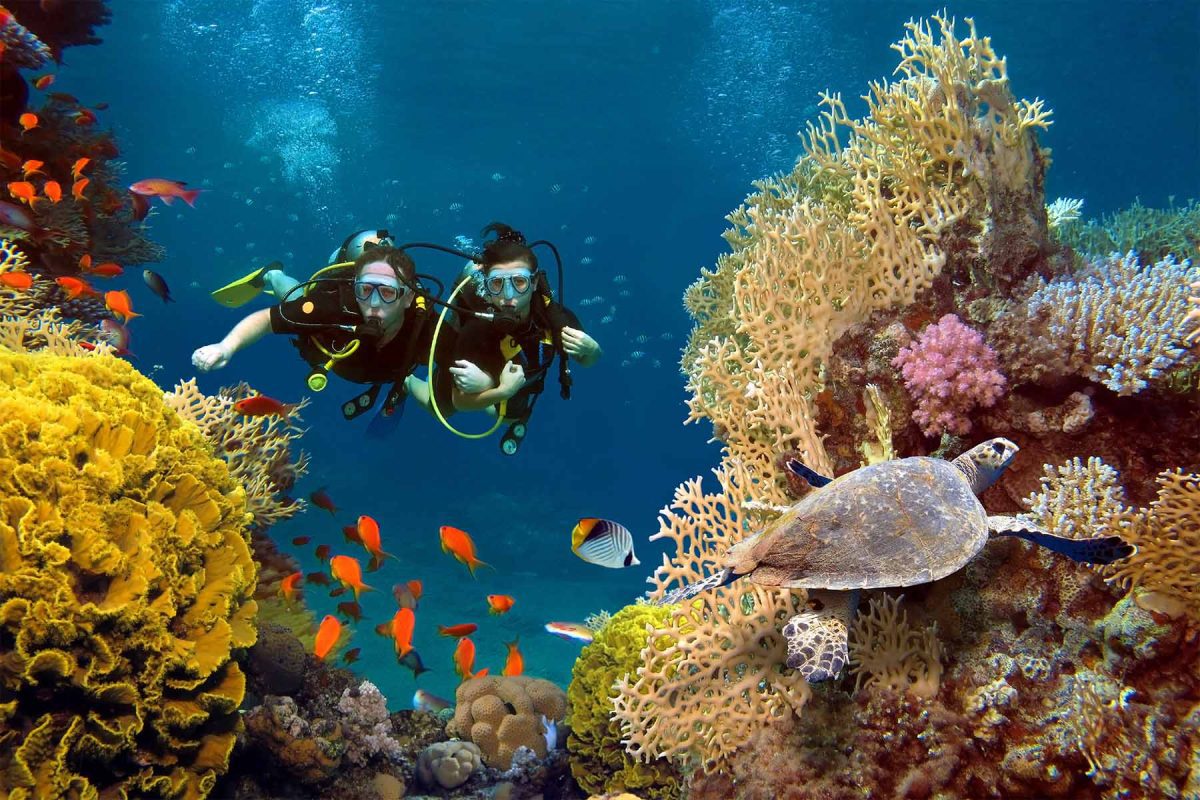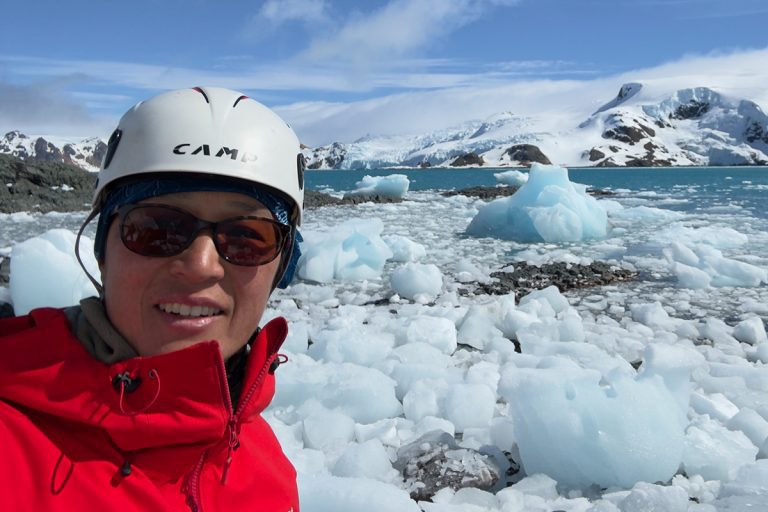
Suzanne Rees had embarked on the adventure of a lifetime—a 60-night cruise circling around Australia aboard a cruise ship, where fares for the voyage can cost more than $80,000.
But on a stop at Lizard Island, a remote island on Australia’s Great Barrier Reef, the 80-year-old was left behind by the cruise ship. It was October 25, just the second day of the months-long expedition.
The ship left Lizard Island just before 4 pm to continue its voyage circumnavigating Australia. By 9 pm that evening, the crew realized that a passenger was missing, and contacted the Australian Maritime Safety Authority (AMSA), which initiated a search and rescue response.
Suzanne’s body was found the next day.

The 95-meter cruise ship, the Coral Adventurer, has space for 120 passengers—a much smaller vessel than the largest cruise ships, which can accommodate over 5,000 guests.
Cruise lines typically have sophisticated head count procedures to help ensure passengers are not left behind. How could this system have fallen apart, especially on a ship with few passengers and offering high-end experiences?
What’s more, after the cruise line was notified of the death of their passenger, the ship appeared to continue on with its voyage. It was only as AMSA issued a notice to the master of the ship prohibiting the embarkation of any new passengers that the cruise line announced the decision to cancel the voyage and return to its home port.
Police, the coroner, AMSA and Australia’s health and safety regulator are all investigating.

Suzanne Rees was described by her daughter as a healthy and active person who was an avid gardener and a member of a bushwalking (hiking) group.
Suzanne departed with a group, reported to be 10 or more passengers and two staff members, for a hike up Lizard Island’s 359-meter hill Cook’s Look, reached by a steep 4 km trail, usually under the warm tropical sun.
She was said to have begun to feel ill on the hill climb, and reportedly was asked to hike back down the trail to the ship by herself.
The ship left the island and, her daughter said, “Mum died, alone.”
Her body was reportedly found about 55 yards from the hiking trail to the lookout point atop the hill. How Ms. Rees ended up in that location is unclear.

Ms. Rees’ untimely death is a reminder of the complex nature of incident causation, and the need for outdoor, travel and adventure program operators to have a robust and resilient safety management system, with redundancy in safety measures, to help ensure that a failure in one part of the safety system does not lead to a tragic outcome.
Incidents in Australia’s Great Barrier Reef adventure tourism sector are rare, but not unknown.
In 1998, two scuba divers, Eileen and Tom Lonergan, were abandoned on the Great Barrier Reef by a tour organizer, which didn’t realize they were missing until two days had passed. The divers are presumed to have drowned or been eaten by sharks; their bodies were never found.
Although safety standards were improved after that incident, in 2011 a snorkeler was accidentally left behind on the Great Barrier Reef by their tour provider.



